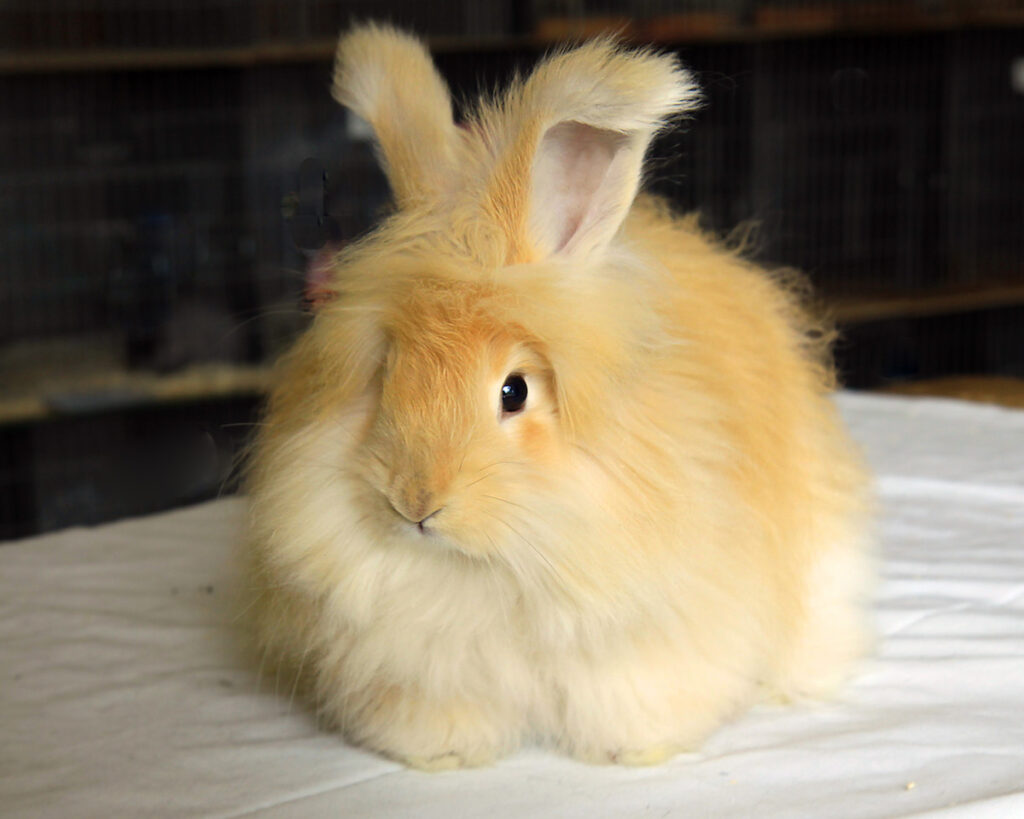Angora rabbits are a fascinating breed known for their luxurious, soft fur that has been prized for centuries. In this comprehensive guide, we’ll delve into the world of Angora rabbits, exploring their history, characteristics, care requirements, and the ethical considerations surrounding their fur production.
History of Angora Rabbits
Origins
The history of Angora rabbits dates back to ancient times, with records indicating their presence in Turkey as early as the 18th century BC. These rabbits were initially bred for their long, silky fur, which was highly valued for its warmth and softness.
Spread and Development
Angora rabbits gradually spread throughout Europe and Asia, becoming popular among royalty and aristocrats for their luxurious fur. Over time, different breeds of Angora rabbits emerged, each with its unique characteristics and fur qualities.
Introduction to the Americas
The first Angora rabbits arrived in the Americas in the 18th century, brought by European settlers. They quickly gained popularity, particularly among small-scale farmers and homesteaders, for their dual-purpose nature as both fur producers and pets.
Types of Angora Rabbits
English Angora
The English Angora is one of the oldest and most well-known breeds of Angora rabbits. Known for their dense, woolly fur and distinctive facial features, English Angoras are prized for their softness and versatility.
French Angora
French Angora rabbits are slightly larger than their English counterparts and have a more commercial appearance. They have a dense, plush coat that requires regular grooming to prevent matting and tangling.
Giant Angora
As the name suggests, Giant Angoras are the largest of the Angora breeds, known for their substantial size and long, dense fur. They require diligent grooming to keep their coats in top condition and are often favored by experienced rabbit breeders and enthusiasts.
Satin Angora
Satin Angoras are distinguished by their shiny, satin-like fur, which sets them apart from other Angora breeds. They have a medium-length coat that is prized for its unique sheen and softness.
Characteristics of Angora Rabbits
Fur
The most notable characteristic of Angora rabbits is their luxurious fur, which can grow up to several inches in length. This fur is prized for its softness, warmth, and versatility, making it highly sought after in the textile industry.
Temperament
Angora rabbits are known for their gentle and docile nature, making them popular pets for individuals and families alike. They are generally friendly and sociable animals that enjoy human interaction and can form strong bonds with their owners.
Size and Appearance
Angora rabbits come in various sizes and colors, depending on the breed. While they all share a similar long-haired appearance, there can be significant differences in size, shape, and coat texture among the different breeds.
Care Requirements
Grooming
One of the most critical aspects of Angora rabbit care is regular grooming to prevent matting and tangling of their fur. This typically involves brushing their coat several times a week with a gentle slicker brush or comb to remove loose hair and prevent the formation of mats.
Diet
A balanced diet is essential for maintaining the health and well-being of Angora rabbits. They should have access to fresh hay, vegetables, and a small amount of commercial rabbit pellets daily. Additionally, fresh water should be available at all times to prevent dehydration.
Housing
Angora rabbits require a spacious and well-ventilated enclosure that provides plenty of room for exercise and exploration. The enclosure should be lined with soft bedding material, such as hay or straw, to provide comfort and insulation.
Ethical Considerations
Fur Production
The production of Angora fur raises ethical concerns due to the potential for animal cruelty and exploitation. In some cases, rabbits may be subjected to inhumane conditions and practices, such as intensive confinement and rough handling, to obtain their fur.
Alternative Uses
While Angora fur is prized for its softness and warmth, there are alternative materials available that offer similar qualities without the ethical concerns associated with animal fur. Synthetic fibers and plant-based materials can be used to create luxurious textiles that mimic the look and feel of Angora fur.
Responsible Breeding
Responsible breeding practices are essential for ensuring the health and welfare of Angora rabbit’s. Breeders should prioritize the well-being of their animals and adhere to strict ethical standards to prevent the exploitation and mistreatment of rabbits in the fur industry.
Conclusion
Angora rabbit’s are fascinating creatures with a rich history and distinctive characteristics. While they are prized for their luxurious fur, it’s essential to consider the ethical implications of fur production and prioritize the welfare of these gentle animals. With proper care and responsible breeding practices, Angora rabbit’s can thrive as beloved pets and companions for years to come.







